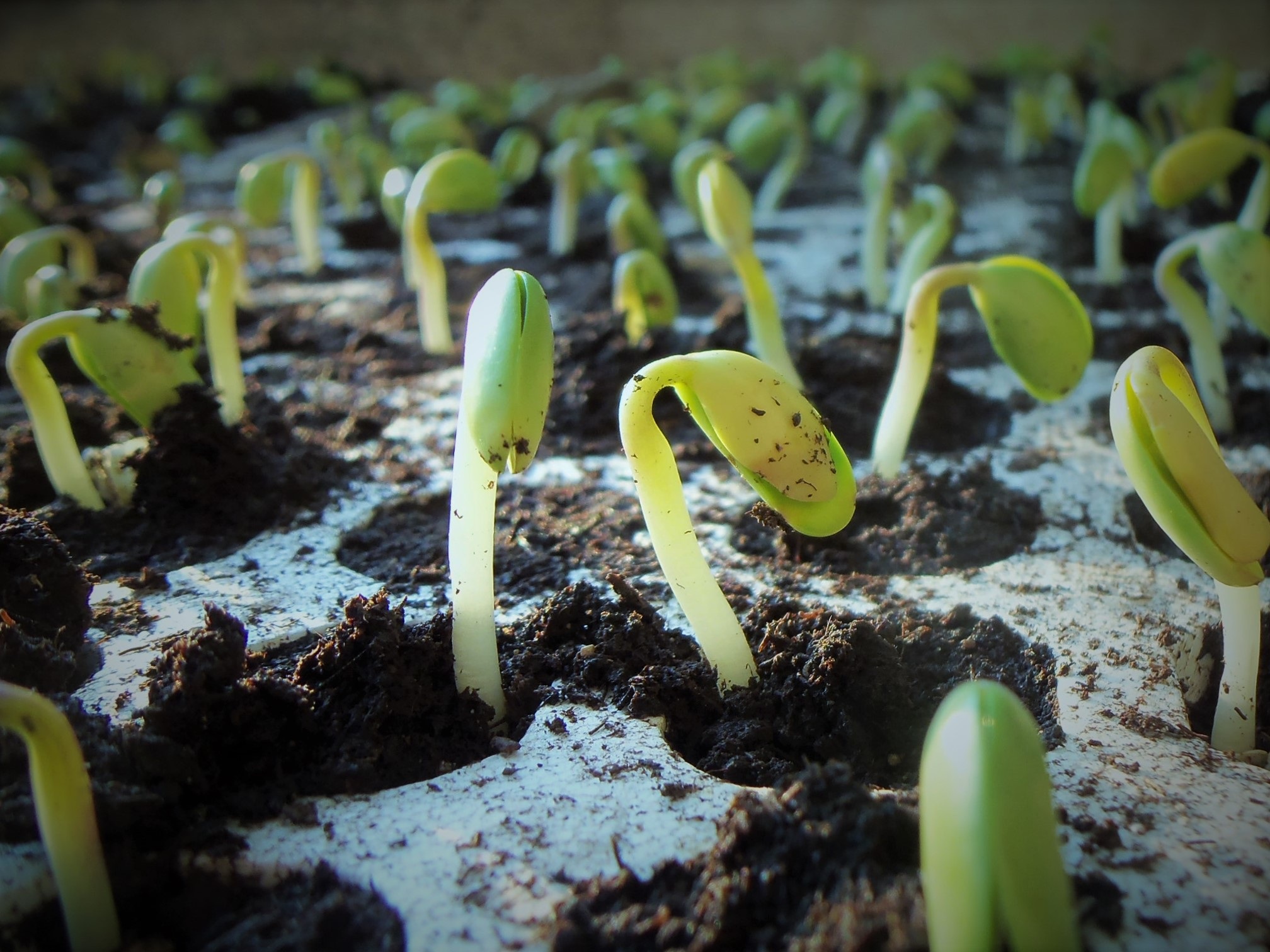A new “decision support tool” informed by thousands of data points about soybeans and their environment was released Oct. 1. Called BeanPACK, its purpose is to provide better recommendations for farmers, according to North Carolina State University soybean specialist Rachel Vann.
“We’re trying to help hone our producers’ decisions,” Vann said. The above photo is by Julio Cesar Garcia courtesy of Pixabay.
She is hoping for at least several hundred initial users. Eventually, the hope is that users will provide data to feed back into the system, helping it learn and grow. The free, open-source, web-based tool is informed by thousands of data points from North Carolina State University field trials conducted statewide over five years. It will allow the state’s 5,000 soybean growers to pinpoint their region and get site-specific recommendations for planting dates and maturity groups.
“That’s important in North Carolina, where the climate varies, and one-size-fits-all recommendations don’t always yield the best results for different locations across the state,” Vann said.
While it was developed specifically for North Carolina’s growing environment, BeanPACK could help point the way for similar tools to be developed for other soybean-growing states to help growers pick the “Goldilocks” moments to plant in their states and micro-environments. Soybeans are the largest row crop by acreage (1.65 million acres) in North Carolina. About 10% of the state’s soybeans are exported through coastal ports, Vann said. The rest mostly goes into animal feed.
Vann said BeanPACK is the latest in a group of similar tools being developed. One called Agroptimizer was developed and tested at the University of Wisconsin-Madison.
BeanPACK’s developers say it will take some of the guesswork out of soybean planting decisions. Its Oct. 1 release was timed to enable growers to use it in North Carolina planting decisions for the 2025 growing season. A webinar open to the public and tailored for growers, crop consultants and Extension agents marked its official launch.
Team effort
Vann—also an associate professor of crop and soil sciences and N.C. Plant Sciences Initiative platform director for Extension, engagement and outreach—conducted the large field trials over a five-year period on farms from the foothills to the coast, with her field team’s support. They also conducted tests at the Piedmont Research Station in Salisbury and the Upper Coastal Plain Research Station in Rocky Mount.
“There are risks of planting too early in our environment, and there are risks of planting too late, and I think that this tool will help guide growers to make decisions to be in the optimal range – not too early, not too late,” Vann said.
Vann used small plots at each of the study’s 20 locations to study the influence of different production practices on soybean yield and quality.
“There have been small wins and lots of production recommendations shared along the way, but by year three, we knew for the data to be most usable to the clientele that we were going to have to present it in a more dynamic way than the kind of static graphs that we’d been presenting in the past,” Vann said.
Ag analytics platform
BeanPACK’s development was funded by the North Carolina Soybean Producers Association, North Carolina State Data Science and AI Academy and the North Carolina Plant Sciences Initiative.
Vann teamed with Cranos Williams, of North Carolina State’s departments of Electrical and Computer Engineering and Plant and Microbial Biology and the PSI to create BeanPACK. Somshubhra Roy, a Ph.D. candidate in the Electrical and Computer Engineering Department, played an instrumental role in developing BeanPACK, working with Vann, Williams and Katherine Drake Stowe of the U.S. Soybean Research Collaborative. Spyros Mourtzinis, an agricultural statistician who works closely with the North Carolina State Soybean Extension Program, Lauren Maynard, PSI Interdisciplinary Launch director and Jevon Smith, research computing manager with the PSI were also part of the project team.
Vann said Roy “has been a total game changer, with the skill set in dashboard development he had and the kind of machine learning expertise he was bringing,” Vann said. “He’s done things that have allowed for elevated production recommendations to be made to farmers across the state.”
Following Roy’s work, the project team beta-tested the tool with the help of the PSI’s Extension Agent Network and growers across the state.
End-users helped development
“BeanPACK was co-developed alongside the end-user and with the end-user in mind every step of the way,” Vann said. “We got a lot of great feedback on improving the tool prior to public release, and we’ve spent several months incorporating this feedback to make the tool better. Now we feel like we have a tool that empowers farmers with accessible, data-driven recommendations that they can use on their individual farms.”
Growers involved in the development stages have expressed enthusiasm for the tool. John Fleming of Tarboro, North Carolina, who was a beta tester for the tool, said, “The tool is loaded with information and will assist growers in reaching the next level on soybean yields. I’m excited to see it released for North Carolina growers.”
Another farmer, Forrest Howell of Beaufort County, expressed similar enthusiasm for the tool, saying he’s “thrilled about its potential.” It will take “some of the guess work out when it comes to making planting decisions,” Howell said, adding, “The tool marks a milestone in helping growers make informed decisions, ultimately improving their productivity.”
David Murray can be reached at [email protected].




